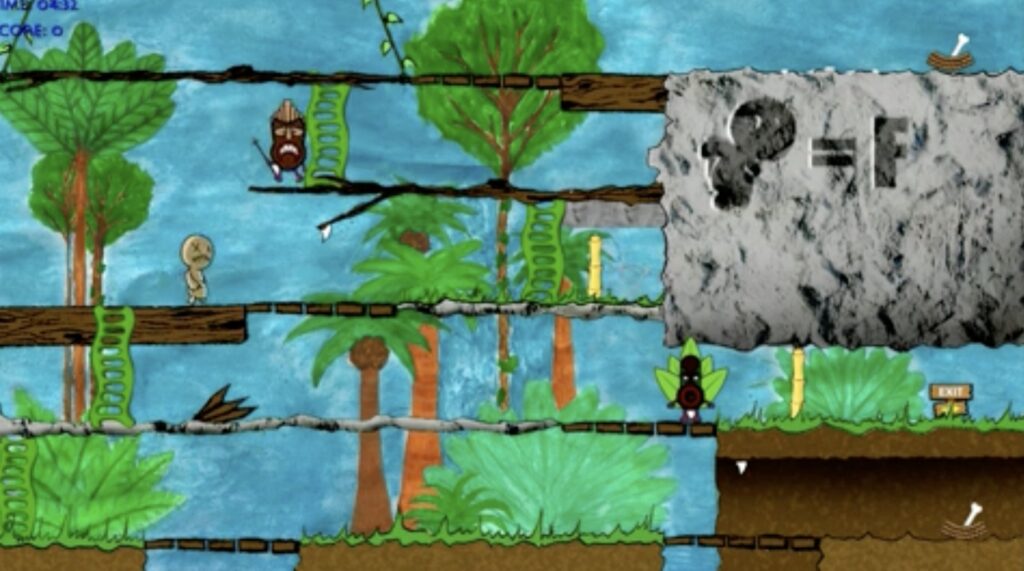As a part of our university project we were tasked by Chunk Games, a games studio based in Glasgow, to prototype a game design pitched by Chunk themselves. With a team compromised of artists, designers, programmers and sound engineers, we had 11 weeks to spend on getting our group together, research and design the game, followed by 10 weeks of development.
Technical Stuff
The game was programmed in C# using Microsofts XNA. One of the key aims of Chunk’s pitch was to make the game playable for a variety of platforms from the get-go. Chunk were interested in the growing Windows Phone 7 platform and intended to target its next few titles within this market. As development began I was tasked with handling the initial framework, entity manager, graphics and physics of the game. Nearing the end of the game’s completion, we had created from the ground-up a demo for each the PC, Xbox 360, Zune and Windows Phone platforms.
Although the original design of the game was in 3D, due to Chunk’s emphasis on being a multi-platform title, it was switched to 2D for portability reasons. While Poppet is perhaps not the most visually appealing game, it prided itself on a puzzle engine that allowed designers and level scripters easy creation of a level using a dedicated XML parser. Our XML engine allowed for easy placement of items and level tiles, and allowed the ability to create new item types and its interaction level, dimensions, and many other gameplay properties. A texture could be assigned to a corresponding item or tile definition via a simple name-match method. Soon after the prototype was completed, Chunk were not only impressed by our prototype, but also took all working assets and resources that we created and decided to carry on development of the game themselves.
The Team
Code: Iain Everret, and myself
Art: Andrew Tait, Graham Cottingham, Sarah Shuttleworth and Robin Ward
Audio: Louis Urbanczyk, Donald Macapherson
Design: Iain Everett
Source Code
You can download and find the source code for our project here. You’ll need XNA 3.1+ and Visual Studio installed to run the project.

